Posted by by the Gubba Team
17th Mar 2022
Autumn Planting
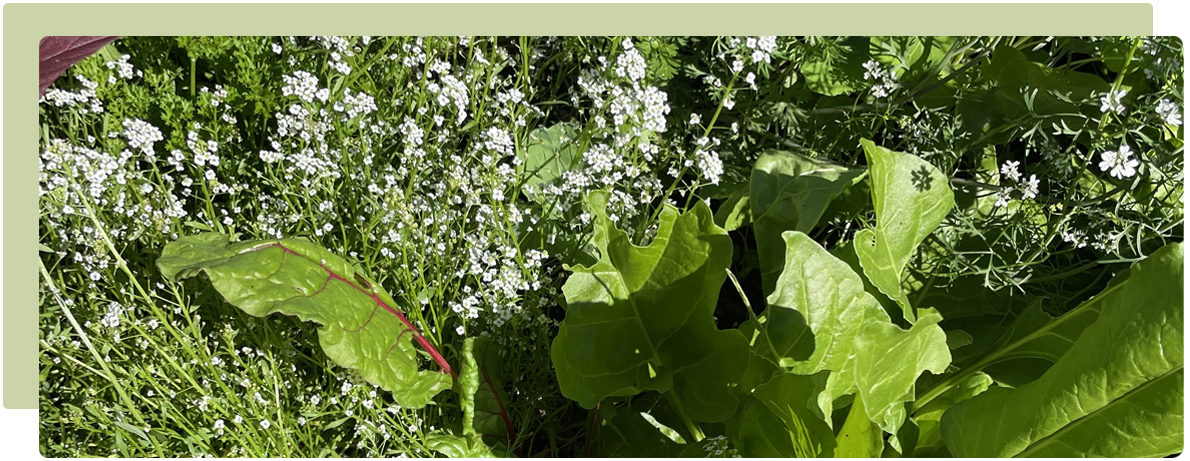
Many of us think of autumn as a time when things start to wind down in the garden. But there are actually a wide range of veggies and flowers you can start sowing now, for both winter and spring yields! Sowing seeds in autumn can provide you with fresh winter vegetables, and can also make for an earlier crop & some beautiful blooms come spring-time.
Enjoy our ten picks for planting this autumn…
VEGGIES:
Carrots
Carrots are a nice easy crop to grow, and can be planted in autumn here in NZ. They’ll do well in a sunny spot with well draining soil. Plant them 2cm deep and at least 10cm apart - just make sure they’re sown directly into the garden, as carrot seedlings don’t like being transplanted! They’ll be ready for harvest in about 6 weeks.
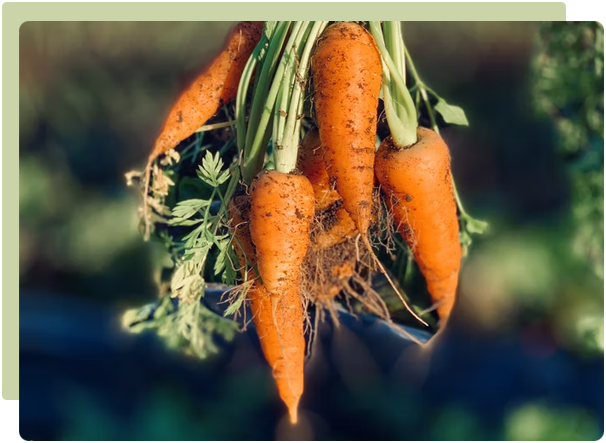
Broccoli
You can plant broccoli right throughout autumn in NZ. If sewing your seeds directly into the garden, make sure you plan ahead and plant them at least 10 weeks before the first autumn frost. Otherwise, grow them in a seed tray and transplant after about 5 weeks. Pick a sheltered but sunny spot, and make sure you plant them at least 30-50cm apart (as they like their space!). The central head will be ready for harvest after roughly 18 weeks - keep an eye on them and harvest before the yellow flowers open up. You can take a second picking a few weeks after the first harvest.
Beetroot
Beetroot is a great cold-weather crop, as it doesn’t require much space. If you’re growing from seed, soak them in warm water for a few hours before planting - this softens the seed coating and speeds up the germination process. Plant your seeds or seedlings at least 5cm apart, and after about 4 weeks thin them out by removing the smaller seedlings. Water daily for the first 2 weeks following planting, then water as needed. The leaves are ready to be harvested after 7-8 weeks (just make sure to leave a few behind so the root can continue to grow!), and the root is ready to harvest once the outer leaves are about 15cm long.
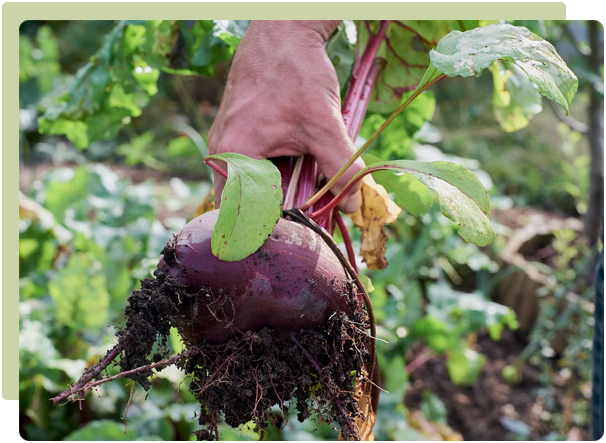
Garlic
While garlic is traditionally planted on the winter solstice, it can be sown from late autumn - think May onwards. Choose a sunny, well-draining area of the garden, and start with NZ grown garlic as your seed. Split the bulb into individual cloves and keep the largest few for planting; plant each clove 5cm deep (with the pointed end facing up) making sure they’re at least 20cm apart. You should see shoots within a month, and look forward to harvesting in summer.
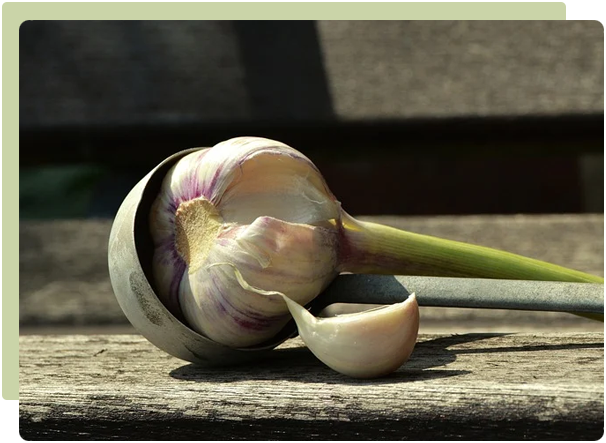
Lettuce
Lettuce is a garden staple that can be enjoyed year-round. If planting in autumn, consider a loose-leaf variety - these are less likely to rot in cold/wet weather than hearting lettuces. They’re also great as you can grow them in planters on the patio or balcony, or straight into the garden! Choose a sunny spot, and sow the seeds just 3mm into the soil (i.e. very shallow!). Water regularly, and when ready to harvest simply pick off outer leaves as needed.
Peas
This cool-weather crop can be planted from late autumn through to late spring. Peas like full sun, in a spot that is sheltered from the wind. You’ll need a growing structure such as a teepee, trellis or stake (you can even use a branch!) to keep them off the ground as they grow - tall varieties will need more support than dwarf varieties. Sow your peas, spacing them at least 5cm apart. Make successive sowings to draw out the growing season, and harvest frequently after 1 ½ to 2 months.
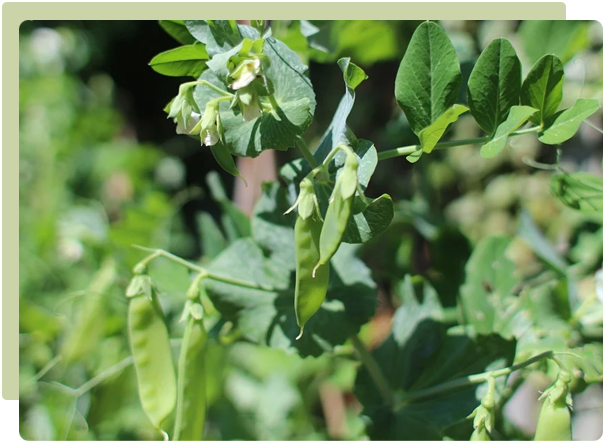
FLOWERS:
There are plenty of cool-season flowers that can be sown during autumn. Some will flower during winter, and others will be ready to flower by spring.
Sweet Alyssum
These annuals are easy to grow, and provide a sweet carpet of colour in the garden. They are especially suited to coastal areas as they thrive in more alkaline soils. If you live in a frost-free part of the country, you can sow this cool-season flower in autumn and see flowers in as little as 2 months! (If you live in a colder area, wait until spring for this one). To start sweet alyssum from seed, scatter the seeds on top of your soil and lightly press them down, ensuring they are still exposed to light. Or, pick some up from your local nursery and directly transplant it into your garden. This annual is a notorious self-seeder, so once established it will come back year after year.
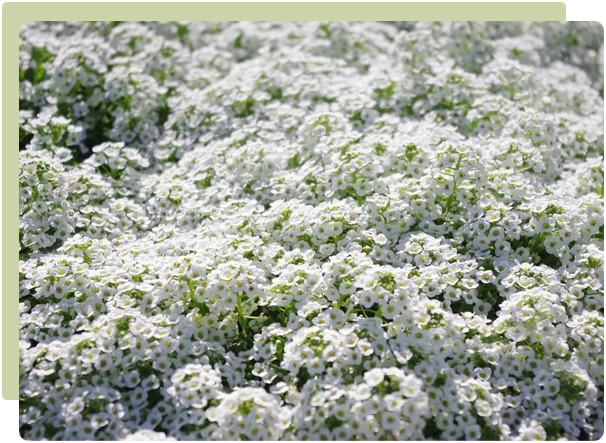
Poppies
These iconic blooms are a winter garden staple; sow them in autumn for winter & spring blooms. Most varieties can be sown directly into the garden, or sown in trays for transplanting (Flanders Poppies dislike being transplanted so sow this variety directly). They’ll do well in a sunny spot with free-draining soil. Tip: for a more even spread of flowers, mix your seed with sand before sowing. Cover the seeds with a very light layer of soil, and keep the bed moist for about 2 weeks or until germination.
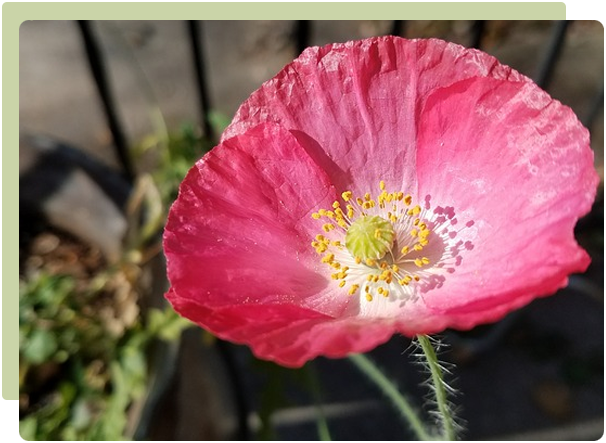
Nigella (Love-in-a-Mist)
Nigella is a hardy annual plant, which will provide beautiful early spring blooms if planted in Autumn. They’ll do well in a sunny patch of the garden with well-draining soil. Nigella has a relatively short blooming period (about a month), so plant seeds successively every 3 weeks in Autumn to enjoy continuous blooms.
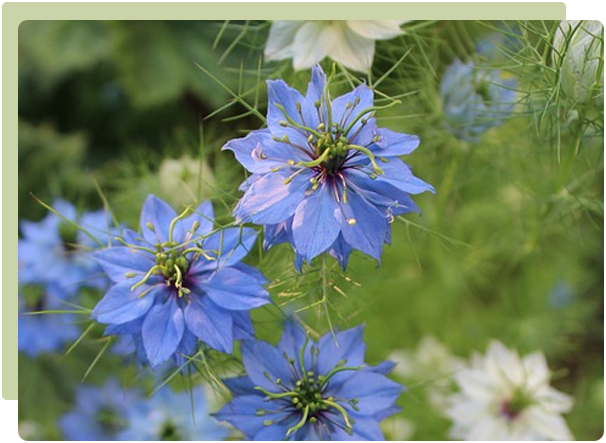
Sweet Peas
These beloved blooms are stunning with a beautiful fragrance, and come in many different varieties. Some find that sweet peas sown in autumn actually produce a stronger plant & more flowers than those sown in spring! Sow your seeds directly into the garden between March and early June. Choose a sunny, sheltered spot, making sure there is something in place to support it as it grows (a trellis, wall, line, or even a tree will work). Most varieties climb up to 2 metres. If your soil is rich, your sweet peas can flower for up to 3 or 4 months come spring-time!
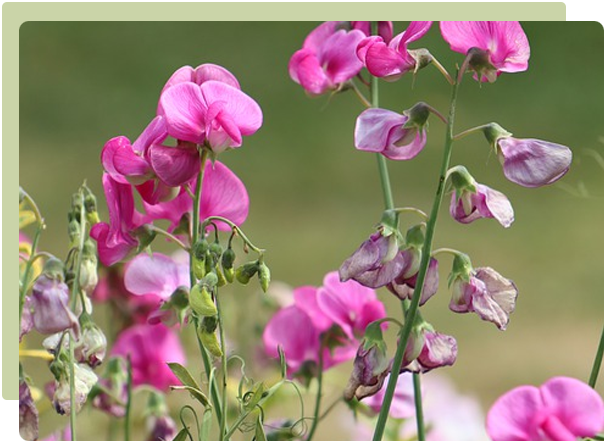
MORE AUTUMN GROWING TIPS…
- Before planting, replenish your soil by adding a new layer of compost.
- Give your established plants a boost using a nutrient-rich plant tonic, like seaweed, or seaweed and fish.
- Invest in garden covers & cloches to protect certain plants from the colder weather, and your brassicas from pesky bugs like whitefly.
- If sowing seeds directly into the garden, cover with a seed raising mix to protect your seedlings adding some worm castings will encourage growth.


























